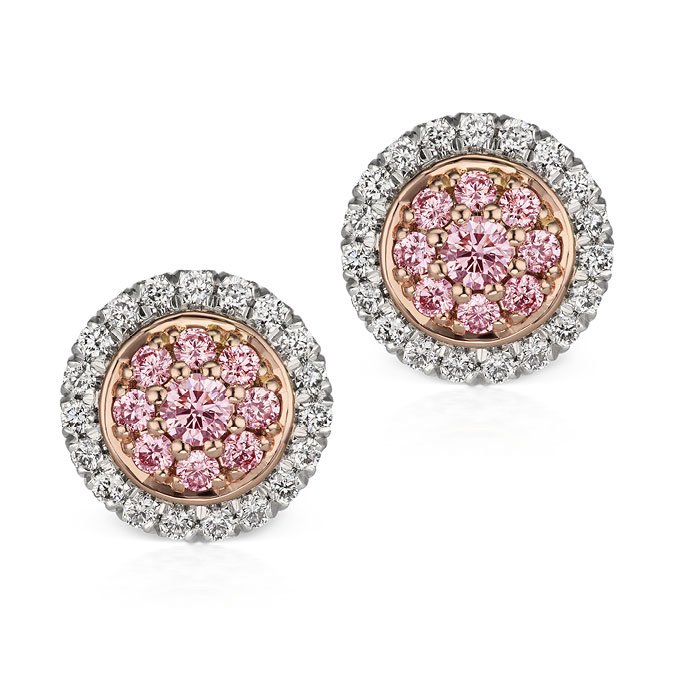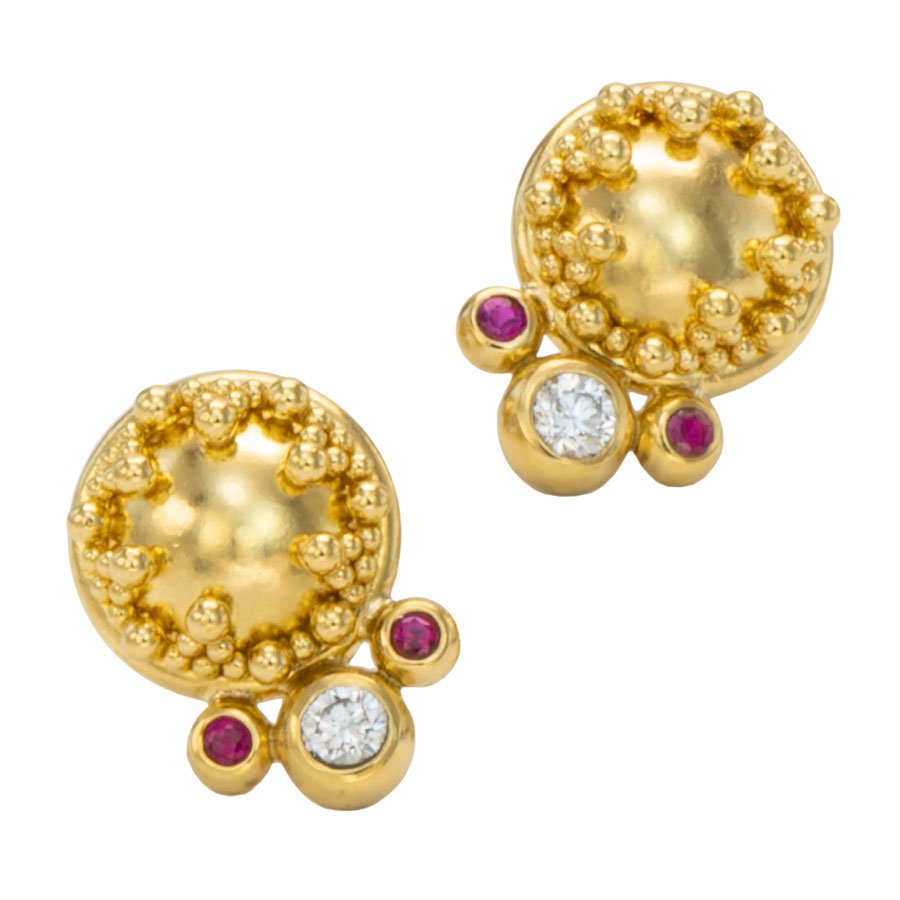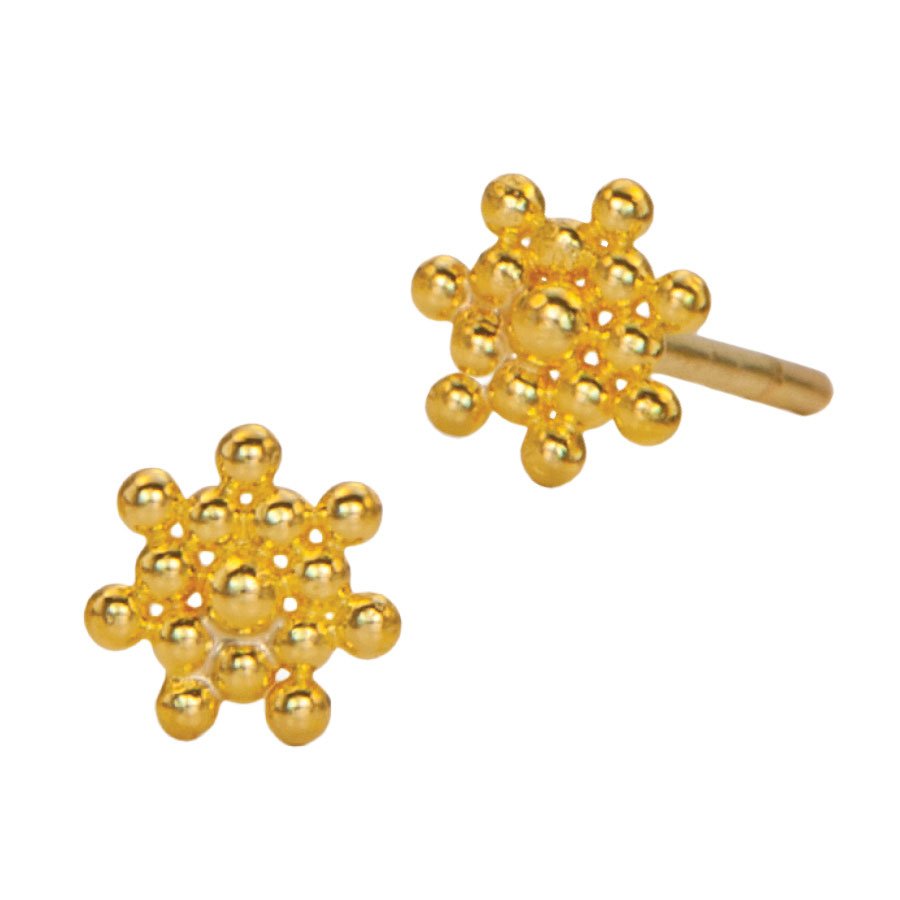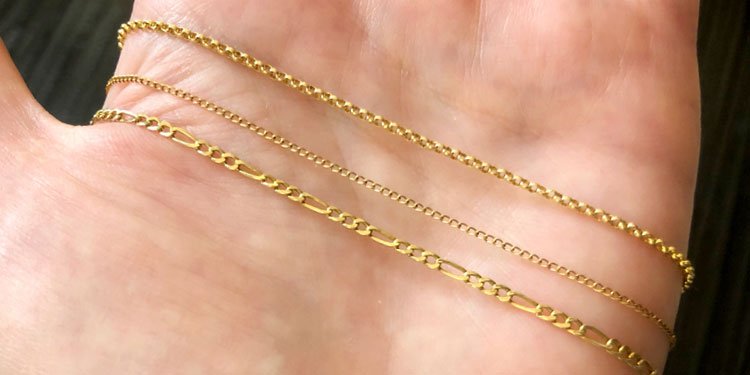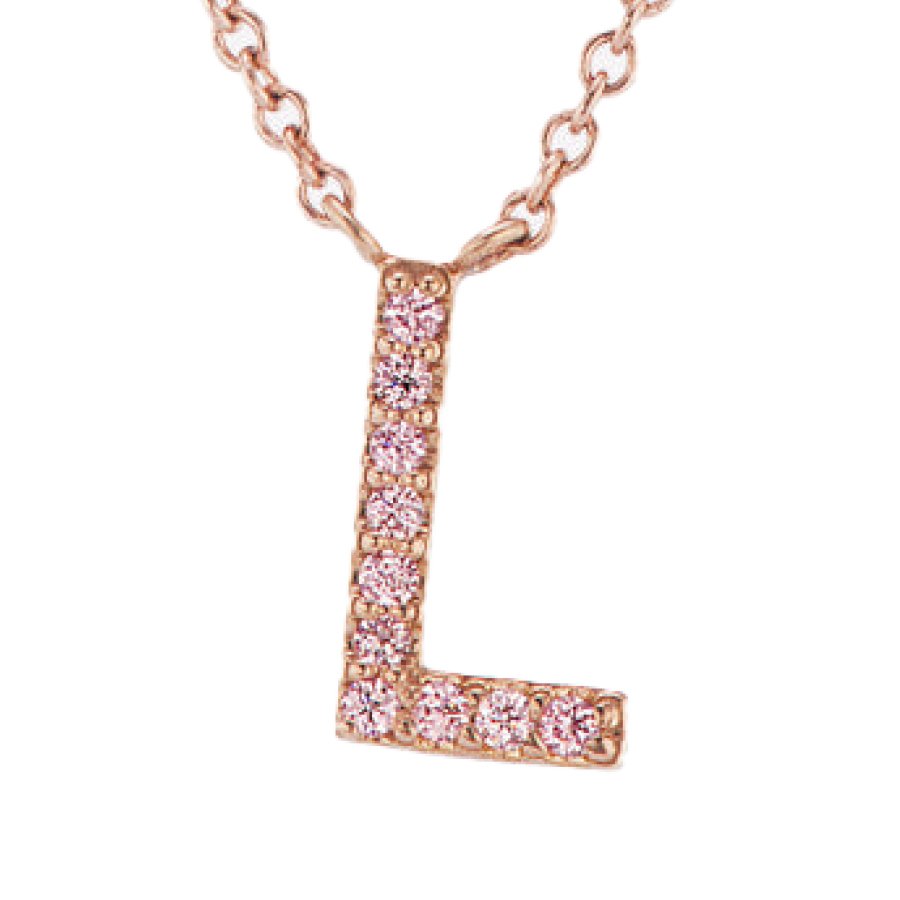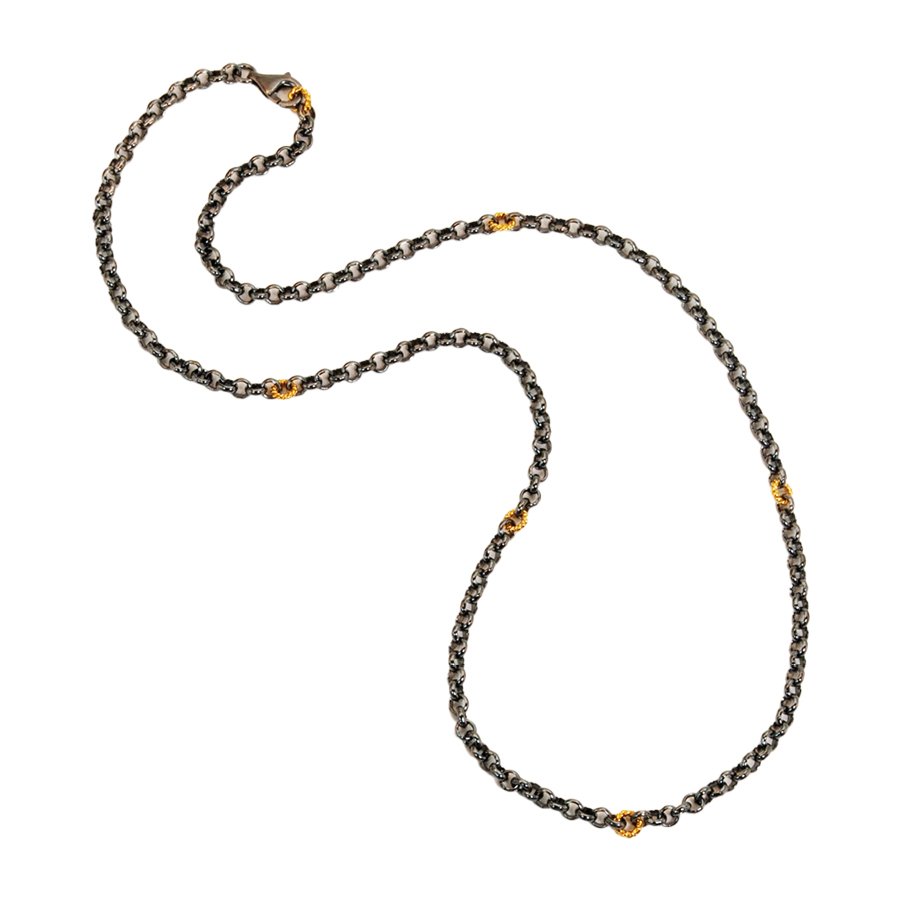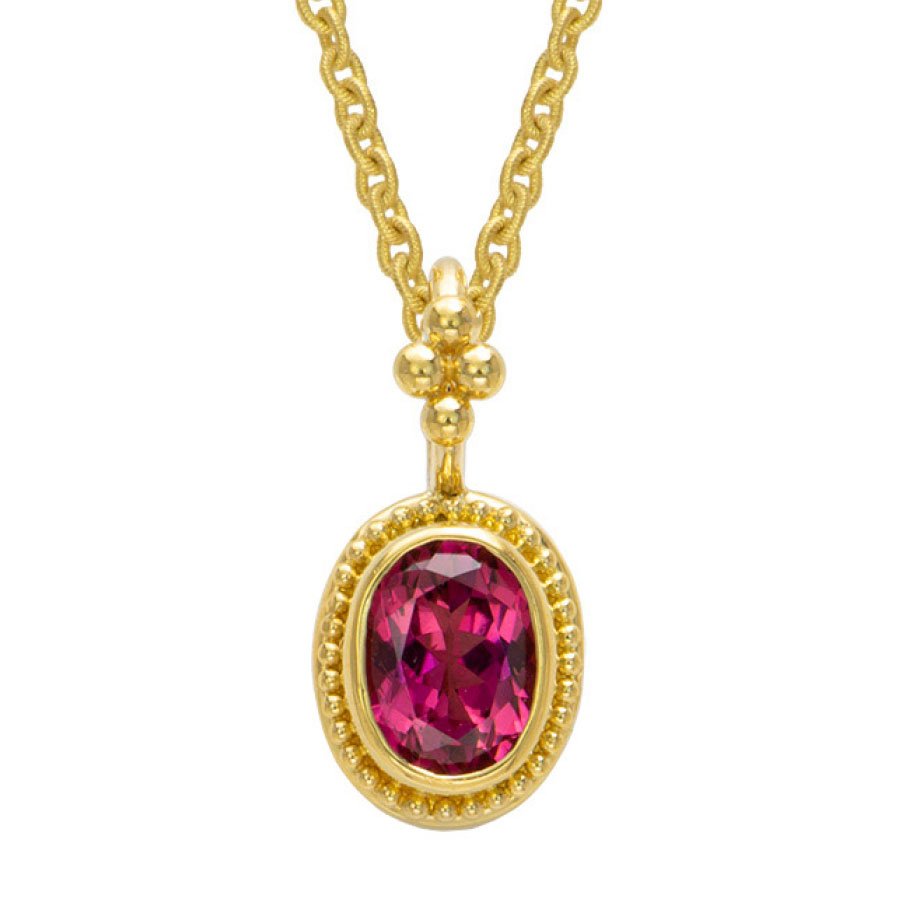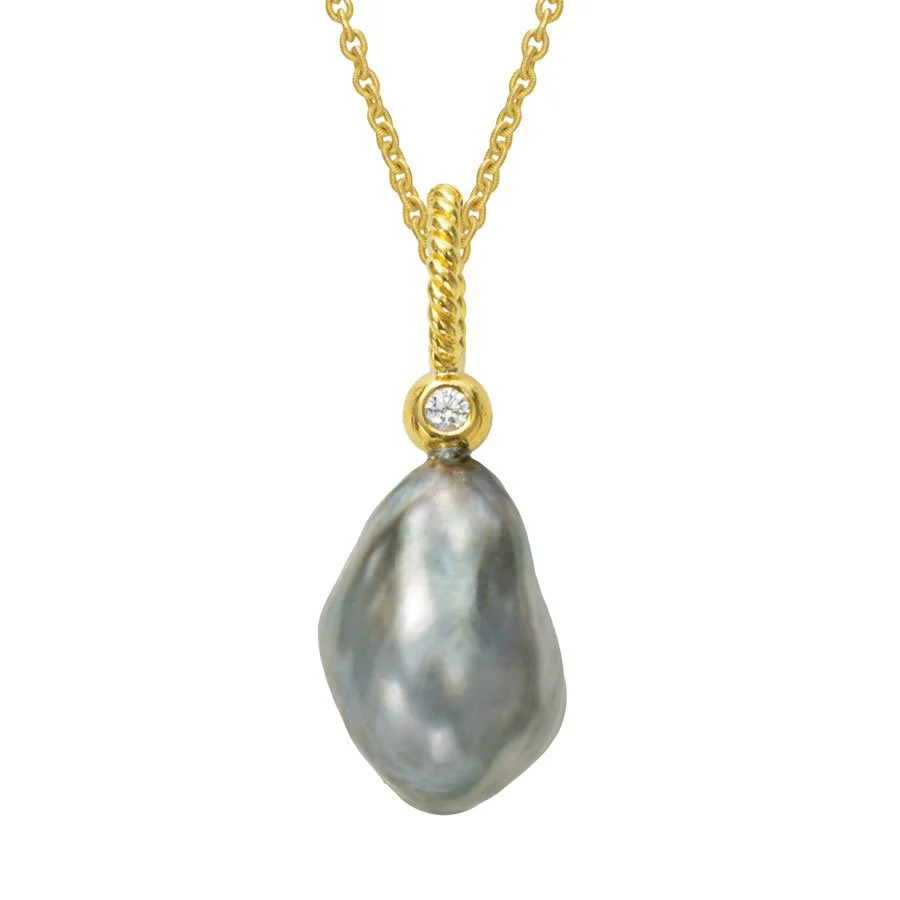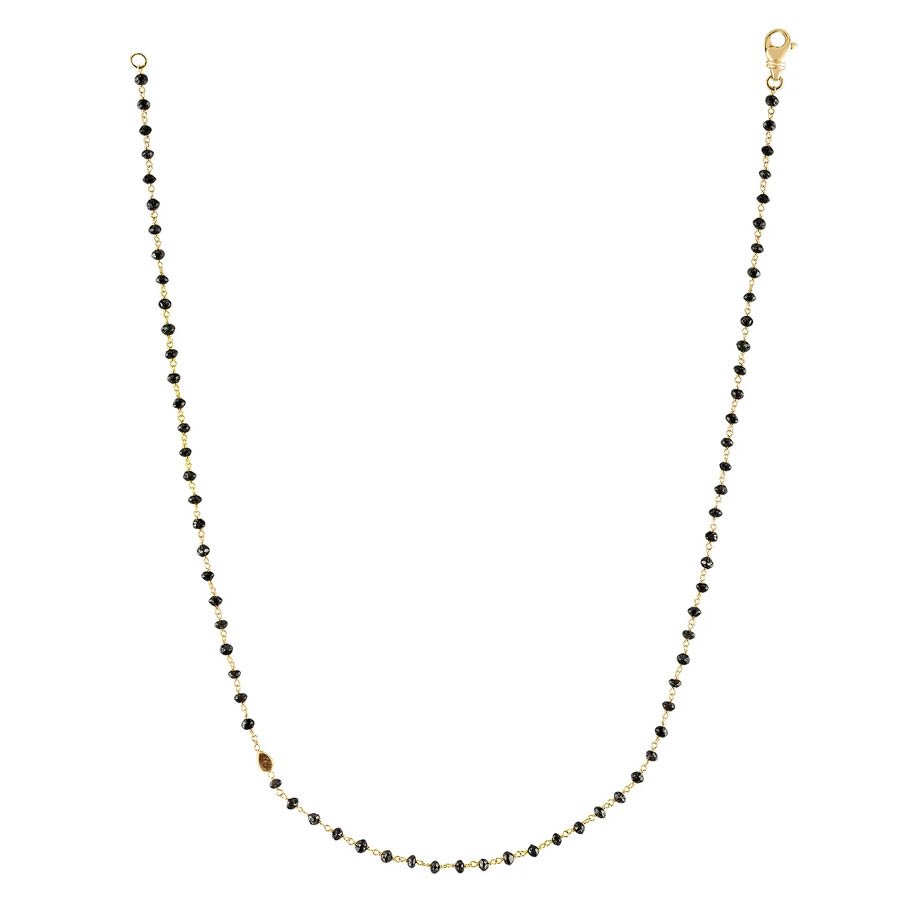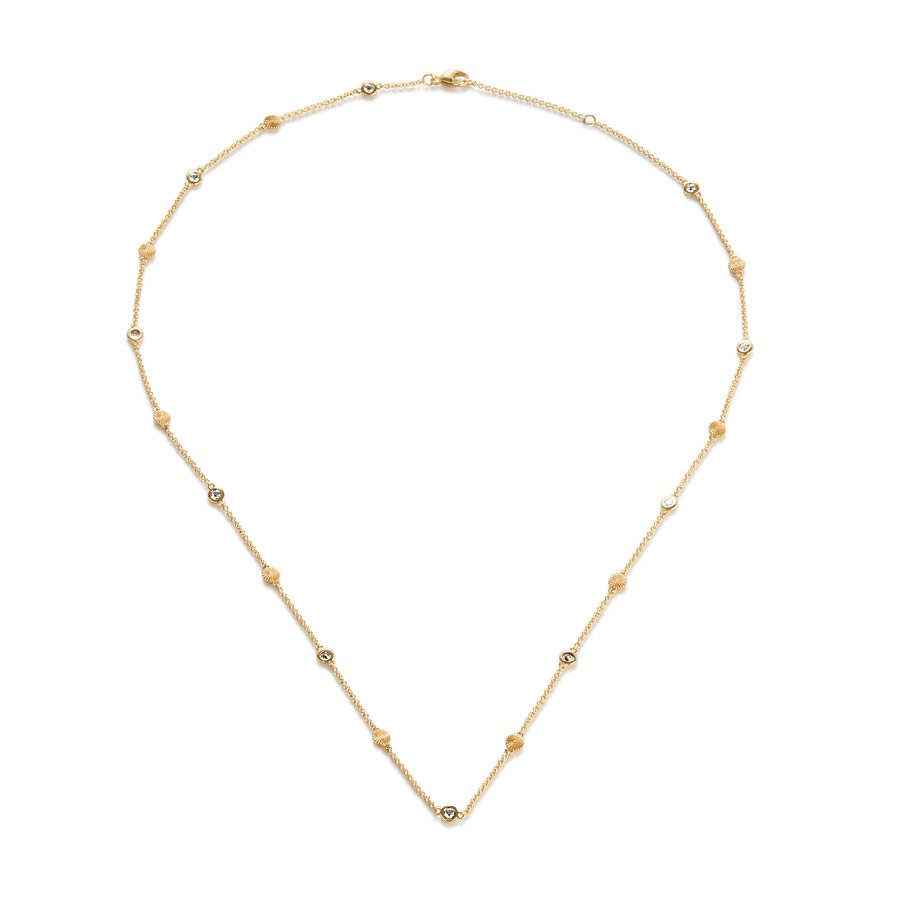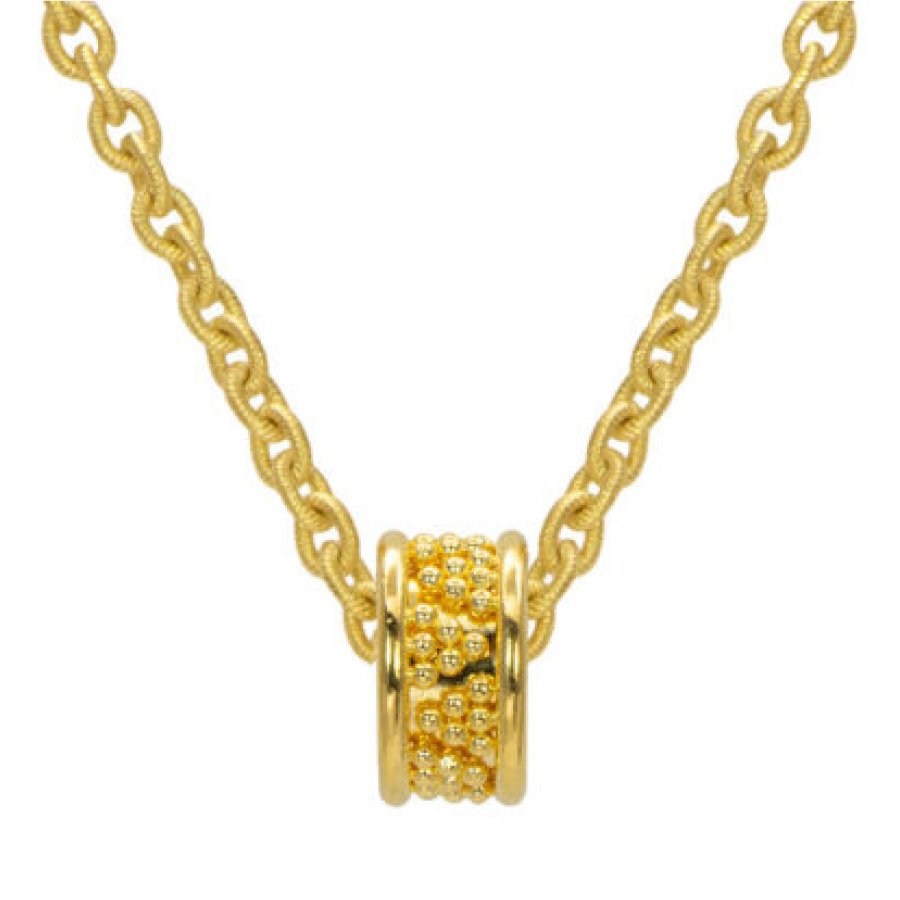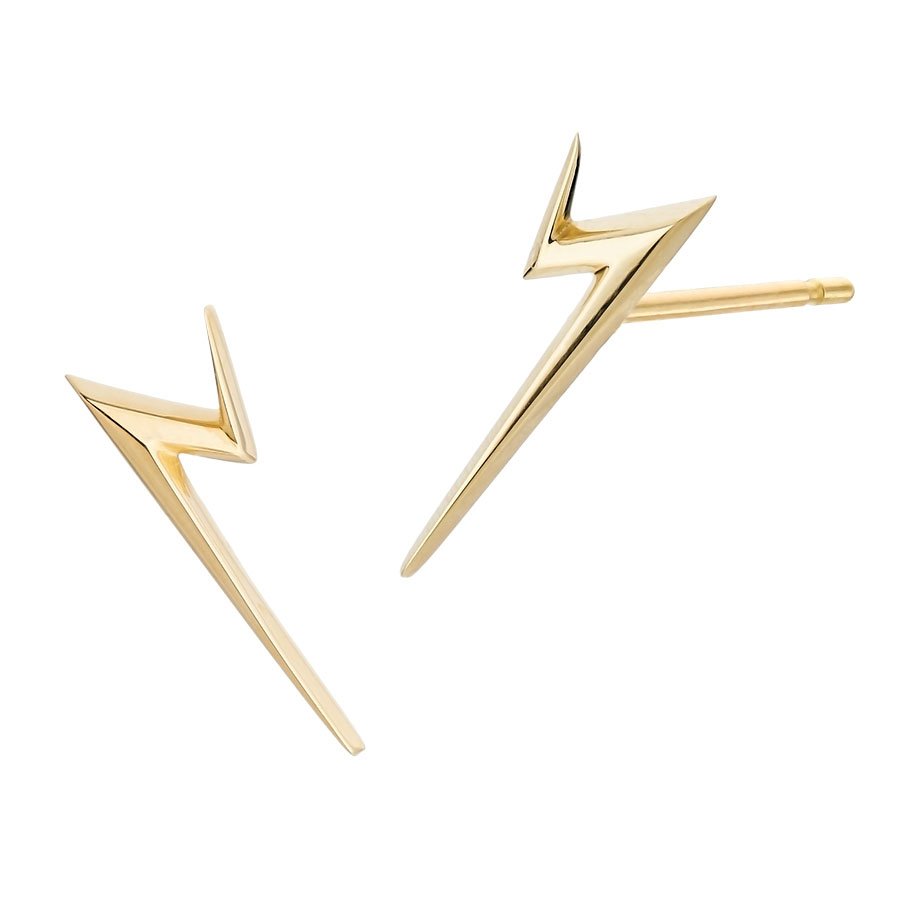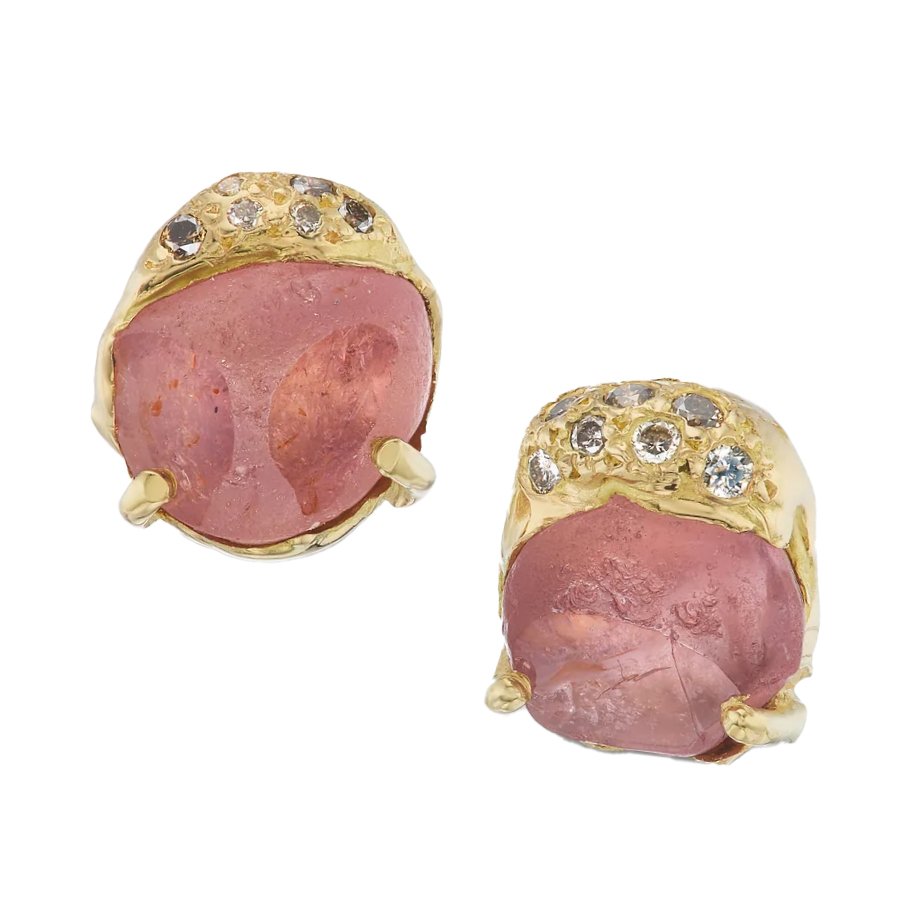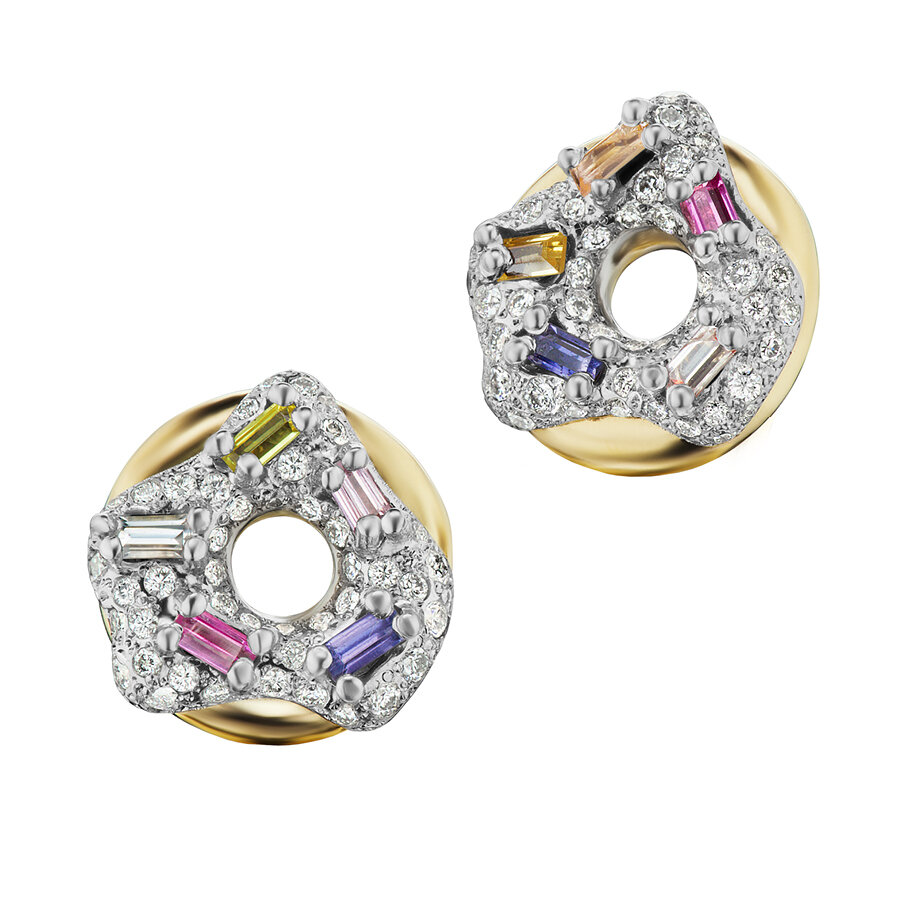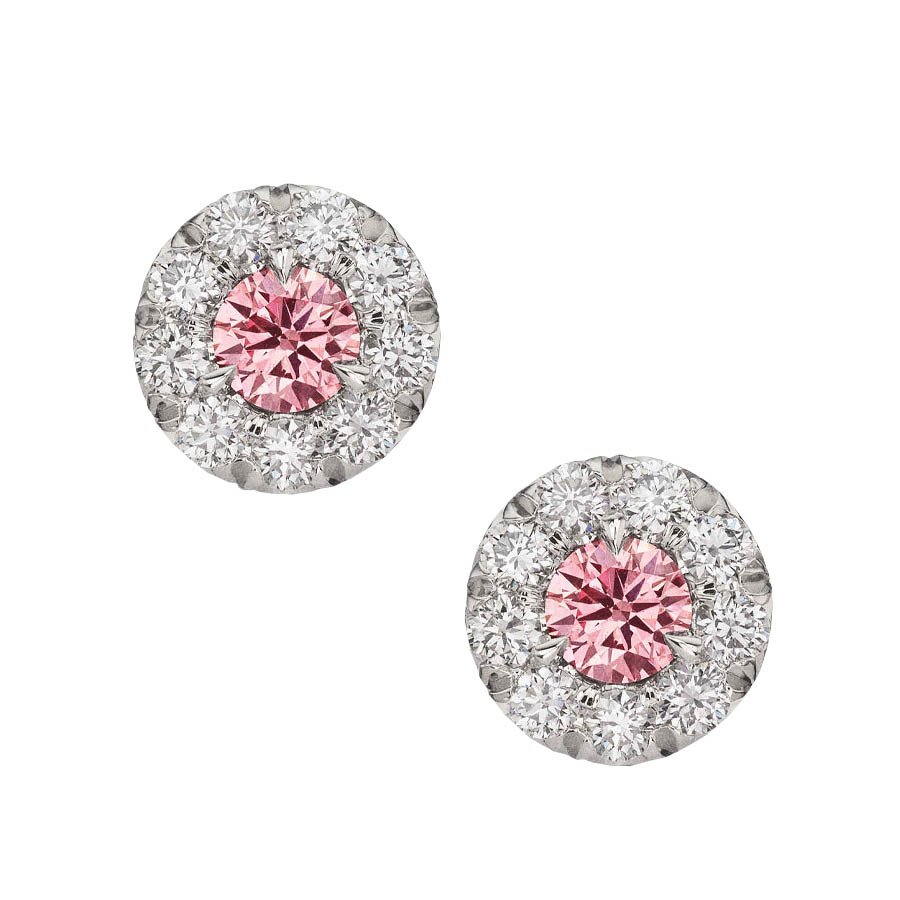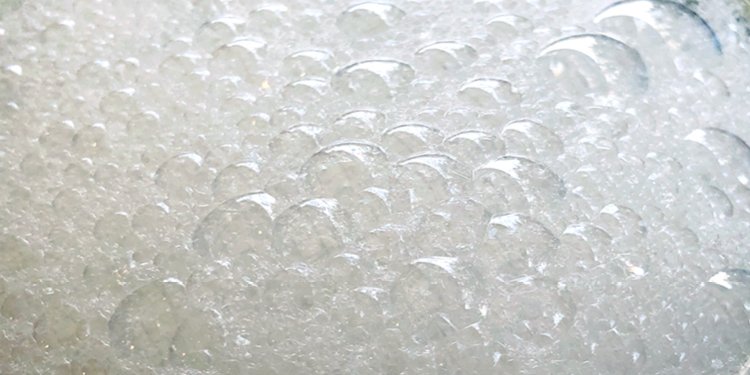4 Common Jewelry Repairs… and How to Avoid Them
JEWELRY IS MEANT TO BE WORN AND ENJOYED…
Cleanings, maintenance, and repairs are a normal part of preserving heirlooms.
Just as you would take special care of a Chanel dress or Hermés handbag, the same applies to fine jewelry. Think of your pieces not just as sparkling statements made of metal and stone, but as wearable sculptures that require care and consideration to preserve their beauty and prevent loss.
Designers carefully craft their pieces to last, but daily wear over time can weaken the integrity of a piece. Keep in mind that jewelry is not impervious to accidental bumps, but significant damage, loss, and costly repairs can be prevented.
Below are four common jewelry repairs… and ways to mitigate them!
The two best practices to preserve your fine jewelry are:
Have your jewelry professionally cleaned and checked yearly - especially those pieces you wear every day.
When dressing (every day and on special occasions) fine jewelry is the last thing on and the first thing off.
1. Gem loss due to loose or worn prongs
Gemstones can be lost for a variety of reasons. An unavoidable one involves a clash with a runaway suitcase on an escalator at an international airport. An avoidable one involves gardening. From the dramatic to the domestic, here are things to know to prevent loss:
Settings can be weakened over time. Perform a “wiggle test” with gemstones regularly and have significant pieces checked by a professional jeweler yearly, especially for pieces you wear daily.
Prongs can catch on garments. This is a sign that the setting is compromised.
Jewelry can be accidentally bumped or come into contact with hard surfaces. If this happens, check immediately to see if a stone has fallen out, become loose, or cracked. Remove your jewelry (and tuck it away in a secure place), then have it checked by a professional jeweler to assess the integrity of the piece.
Household or outdoor projects, such as cleaning with chemicals or gardening, can damage gemstones.
Contact sports (basketball) or even repeated low-impact vibrations (cycling) can loosen settings. Note that ring bands can bend when working out. Check if stones are loose in settings before and after your game or workout to avoid loss or damage.
Interested in replacing a lost gemstone to enjoy your jewelry again? Book a discovery call with Melissa
PRO TIP: SOME GEMS ARE BETTER AS SPECTATOR JEWELS!
Ever wondered if it’s safe to wear jewelry while playing sports? From iconic athlete moments to practical gemstone tips, this post breaks down what you need to know about playing sports with fine jewelry… read on here.
SHOP DURABLE GEMS AND JEWELRY
2. Chains snap
Not all chain types have the same strength, and there are many reasons they can snap or break.
Chains with the most durability and strength have individually soldered links (cable, rolo, or figaro) versus weaker styles (herringbone, omega, or ball). Thicker chains are also stronger than their thinner counterparts. Here are things to be aware of
Longer chains can break (or be lost) when caught on objects or when taking off garments removed over your head. Stronger, thicker chains are less likely to snap.
A heavy charm or multiple charms on delicate chains can result in breakage and loss of both the chain and the charm(s). Wear a single charm on an appropriately durable chain.
Sports and jewelry do not always make a good “team”, from contact sports such as basketball to swimming in the ocean. Store your necklace in a secure place or leave it at home.
PRO TIP: HOW TO AVOID A (REAL) NECK MESS!
Love the layered look but dread the daily detangling? This post unpacks the art (and science) of necklace layering—from pro styling tricks to the real reason your favorite chains keep knotting. A must-read before you reach for your next stack. Click here to avoid tangles and knots!
3. Gemstone or pearl strands can break
Many pearl or gemstone strands are strung with silk. When strands break, it usually happens in dark restaurants, on dance floors, or on a sidewalk. Here are the causes and the best way to mitigate loss:
Moisture weakens silk thread. Avoid exposure to water, be it the beach, bath, pool, hot tub, or sauna. This will weaken the silk thread, resulting in the loss of beads.
Knots are the most secure options for strands - especially for saltwater pearls or precious gemstone beads of significant value. If a strand gives way, the risk of loss is limited to one or two pearls or beads, versus a whole lot more. Check strands annually and restring every 3 years.
SHOP LAYERING NECKLACES
4. Earring loss
We all have lost an earring at one point or another and sometimes times they cannot be re-created. Here are considerations to keep your most treasured pair… a pair!
Over time, post earrings with butterfly backs can lose their friction. A local jeweler can tighten the fit. For significant earrings, screwbacks are the most secure option, especially those that are an investment to you! In most cases, a jeweler can easily convert these posts.
Colder temperatures equal numb ears - and we layer up with sweaters, scarves, and face masks. Chandelier, long drop, or other complex earrings can easily catch on these. Studs that sit close to the ears are great alternatives during cold seasons.
SHOP STUD EARRINGS
PRO TIP: HOW TO CLEAN FINE JEWELRY
While jewelry should be cleaned regularly, different gemstones require different care.
Ultrasonic cleaners can crack opals, shatter pearls, or damage gemstones that are treated. For example, such intense cleaning can cause the oil or filler to leach out of emeralds and will diminish the original appearance of the stone.
TIP: personally, I avoid such cleaners entirely and leave more significant cleaning to trustworthy professionals. Such cleaning also involves checking for loose stones in settings or prongs that may need repair.
For gemstones on the Mohs scale at 7 or above, a simple cleaning solution is warm water with a drop of mild dish soap (not detergent) and soak for 10-20 minutes. If needed, you can use a soft toothbrush to release residual buildup. For gemstones at 6 or below, wiping with a damp soft cloth as needed is the way to clean them.
For precious metal, a soft polishing cloth will keep your metal pieces looking their best.
Insuring Your Jewelry Collection for Peace of Mind
Insurance for your family heirlooms, engagement rings, and other fine jewelry is highly recommended. I’ve arranged for Jewelers Mutual Group to provide you with valuable information about protecting your pieces and a free quote.
THE BRILLIANT CONCIERGE: YOUR FINE JEWELRY GUIDE
This highly personalized styling service and shopping experience can support you with:
Rediscovering key pieces you already have and identifying wardrobe needs for your next investment.
Curating designer jewelry that tells your story, elevates your style, and connects you with your inner power.
Sourcing responsibly sourced colored gemstones or diamonds for bespoke jewelry to add to your collection.







